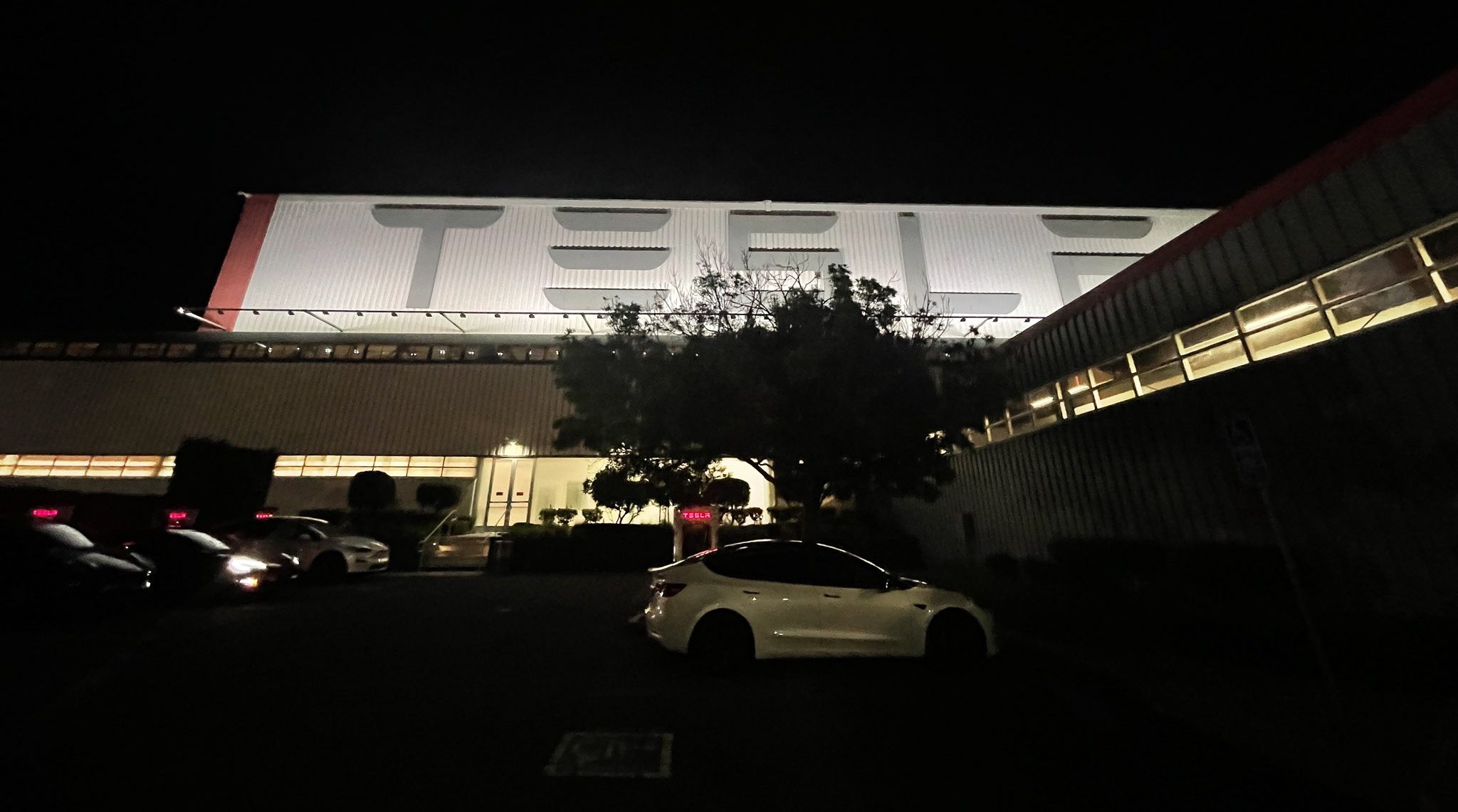
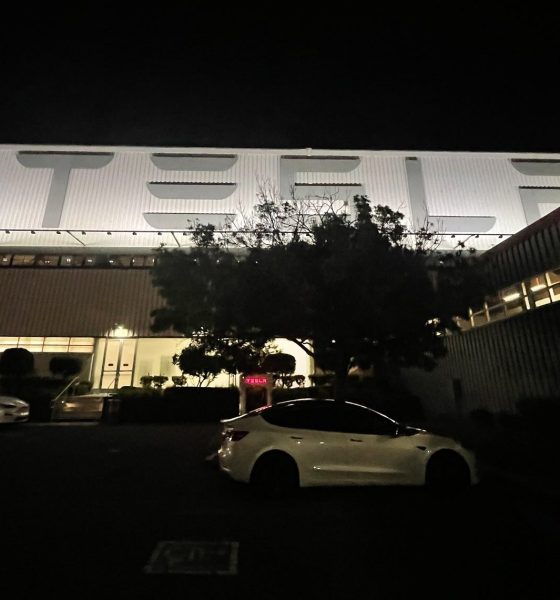
Investor's Corner
Tesla’s planned layoffs to affect 3% to 3.5% of total workforce: “We grew a little too fast in some areas”
Tesla CEO Elon Musk has set the record straight about the electric vehicle maker’s layoffs. Tesla’s efforts to optimize its workforce have been met with some confusion, partly due to Musk’s own updates about the matter. And with the layoffs now being reported across social media platforms such as LinkedIn, some Tesla employees have taken the legal route to complain about their termination.
Earlier this month, a leaked email from Musk revealed that the CEO was looking to cut off about 10% of the company’s workforce. Musk later clarified this statement, stating that the cuts would be implemented on salaried employees. The headcount for hourly employees would actually be increased. Musk also noted that Tesla would not be terminating employees that are working on key tasks such as vehicle and battery production.
During his virtual appearance at the Qatar Economic Forum on Tuesday, Musk was asked to clarify Tesla’s headcount reduction plans. Musk explained that Tesla actually grew too fast in some areas, so some reduction is pertinent for now. However, considering that salaried workers only comprise about 1/3 of the company’s employees, Musk noted that his 10% job cut estimate would result in just about a 3% to 3.5% reduction in Tesla’s total headcount.
“Tesla is reducing the salaried workforce roughly 10% over the next probably three months or so. We expect to grow our hourly workforce, and I should be quite clear that we expect to grow our hourly workforce. But we grew very fast on the salaried side. And we grew a little too fast in some areas, and so it requires a reduction in the salaried workforce.
“We’re about two-thirds hourly and one-third salary. So I guess technically, a 10% reduction in the salaried workforce is only roughly a 3%, 3.5% reduction in total headcount,” Musk said.
This past weekend, two former Tesla employees filed a lawsuit against the company. According to the plaintiffs’ lawyer, Tesla had violated US labor laws when it initiated “mass layoffs’ in its workforce. As per the Worker Adjustment and Retraining Notification Act, employers are required to provide 60 days of advance notice of a mass layoff or plant closure. This was reportedly not done in Tesla’s case.
Elon Musk, however, seemed to dismiss the lawsuit when asked about the topic at the Qatar Economic Forum. The CEO noted that the lawsuit “has no standing” and is of “minor consequence.” He added that anything Tesla-related typically gets a lot of attention, so even trivial legal efforts against the company are at times blown out of proportion.
“We did make an announcement on that. Let’s not read too much into a pre-emptive lawsuit that has no standing, that is a small lawsuit of minor consequence. Anything related to Tesla gets big headlines, whether it is, you know, a bicycle accident or something much more serious. It seems like anything related to Tesla gets a lot of clicks, whether it is trivial or significant.
“I would put that lawsuit you’re referring to in the trivial category. So a year from now, I think our headcount will be higher in both salary and obviously in hourly, but in the short term of the next few months, we expect to see, like I said, roughly a 10% reduction in salaried workforce, which is actually just really only a 3%, 3.5% reduction in total headcount and not super material,” Musk explained.
Don’t hesitate to contact us with news tips. Just send a message to simon@teslarati.com to give us a heads up.

Investor's Corner
Tesla gets price target boost, but it’s not all sunshine and rainbows
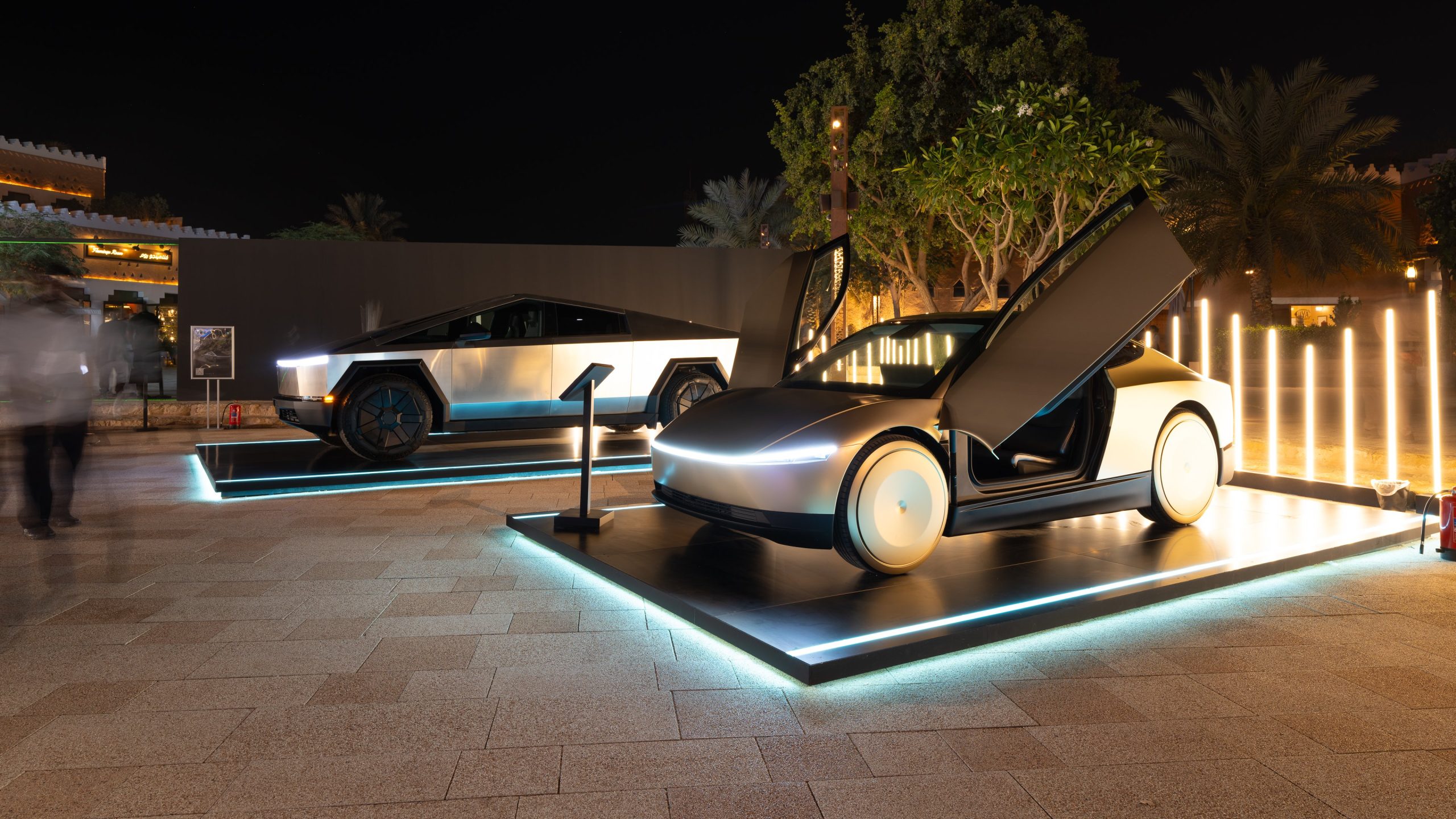
Tesla received a price target boost from Morgan Stanley, according to a new note on Monday morning, but there is some considerable caution also being communicated over the next year or so.
Morgan Stanley analyst Andrew Percoco took over Tesla coverage for the firm from longtime bull Adam Jonas, who appears to be focusing on embodied AI stocks and no longer automotive.
Percoco took over and immediately adjusted the price target for Tesla from $410 to $425, and changed its rating on shares from ‘Overweight’ to ‘Equal Weight.’
Percoco said he believes Tesla is the leading company in terms of electric vehicles, manufacturing, renewable energy, and real-world AI, so it deserves a premium valuation. However, he admits the high expectations for the company could provide for a “choppy trading environment” for the next year.
He wrote:
“However, high expectations on the latter have brought the stock closer to fair valuation. While it is well understood that Tesla is more than an auto manufacturer, we expect a choppy trading environment for the TSLA shares over the next 12 months, as we see downside to estimates, while the catalysts for its non-auto businesses appear priced at current levels.”
Percoco also added that if market cap hurdles are achieved, Morgan Stanley would reduce its price target by 7 percent.
Perhaps the biggest change with Percoco taking over the analysis for Jonas is how he will determine the value of each individual project. For example, he believes Optimus is worth about $60 per share of equity value.
He went on to describe the potential value of Full Self-Driving, highlighting its importance to the Tesla valuation:
“Full Self Driving (FSD) is the crown jewel of Tesla’s auto business; we believe that its leading-edge personal autonomous driving offering is a real game changer, and will remain a significant competitive advantage over its EV and non-EV peers. As Tesla continues to improve its platform with increased levels of autonomy (i.e., hands-off, eyes-off), it will revolutionize the personal driving experience. It remains to be seen if others will be able to keep pace.”
Additionally, Percoco outlined both bear and bull cases for the stock. He believes $860 per share, “which could be in play in the next 12 months if Tesla manages through the EV-downturn,” while also scaling Robotaxi, executing on unsupervised FSD, and scaling Optimus, is in play for the bull case.
Will Tesla thrive without the EV tax credit? Five reasons why they might
Meanwhile, the bear case is placed at $145 per share, and “assumes greater competition and margin pressure across all business lines, embedding zero value for humanoids, slowing the growth curve for Tesla’s robotaxi fleet to reflect regulatory challenges in scaling a vision-only perception stack, and lowering market share and margin profile for the autos and energy businesses.”
Currently, Tesla shares are trading at around $441.
Investor's Corner
Tesla bear gets blunt with beliefs over company valuation
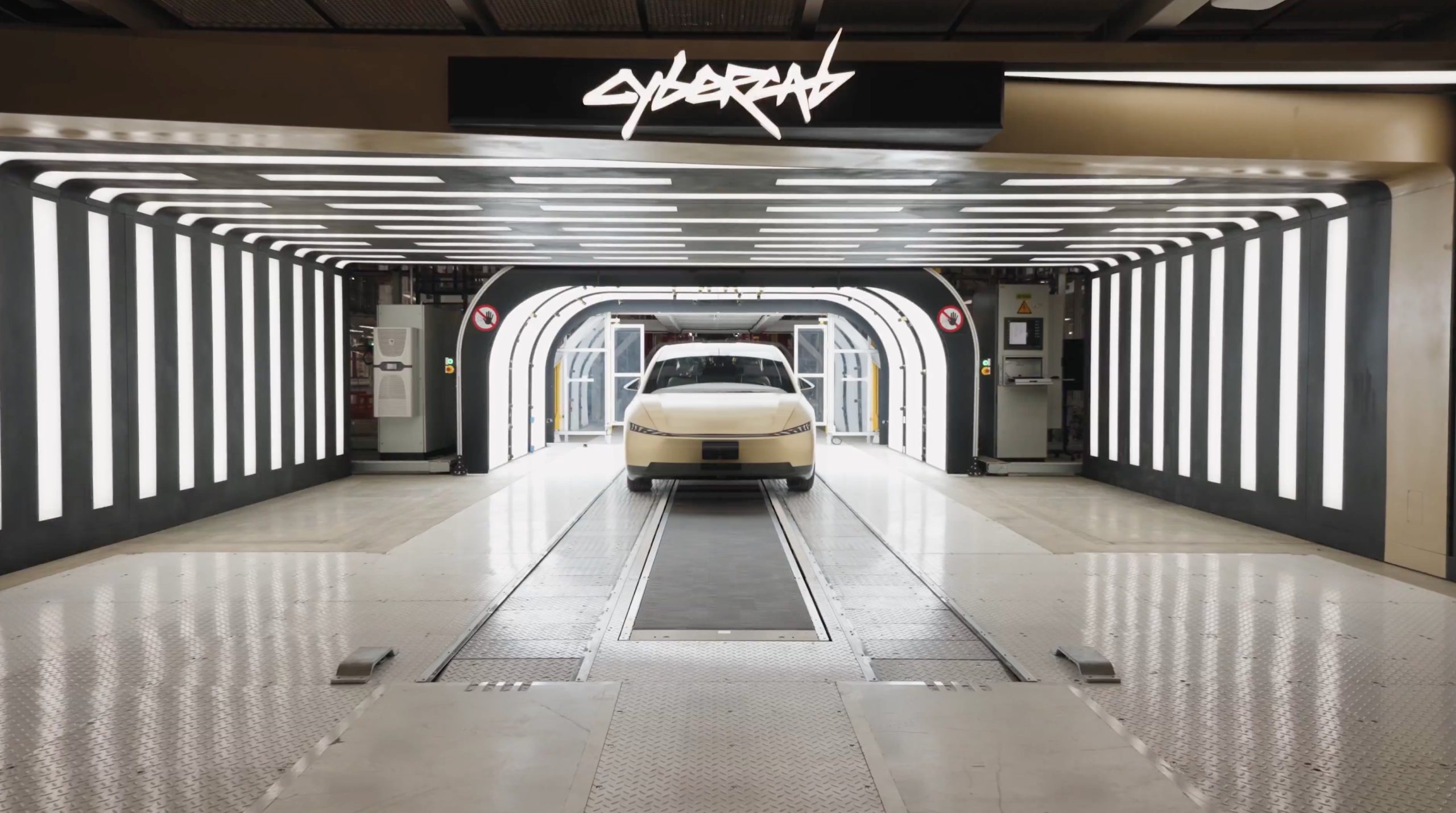
Tesla bear Michael Burry got blunt with his beliefs over the company’s valuation, which he called “ridiculously overvalued” in a newsletter to subscribers this past weekend.
“Tesla’s market capitalization is ridiculously overvalued today and has been for a good long time,” Burry, who was the inspiration for the movie The Big Short, and was portrayed by Christian Bale.
Burry went on to say, “As an aside, the Elon cult was all-in on electric cars until competition showed up, then all-in on autonomous driving until competition showed up, and now is all-in on robots — until competition shows up.”
Tesla bear Michael Burry ditches bet against $TSLA, says ‘media inflated’ the situation
For a long time, Burry has been skeptical of Tesla, its stock, and its CEO, Elon Musk, even placing a $530 million bet against shares several years ago. Eventually, Burry’s short position extended to other supporters of the company, including ARK Invest.
Tesla has long drawn skepticism from investors and more traditional analysts, who believe its valuation is overblown. However, the company is not traded as a traditional stock, something that other Wall Street firms have recognized.
While many believe the company has some serious pull as an automaker, an identity that helped it reach the valuation it has, Tesla has more than transformed into a robotics, AI, and self-driving play, pulling itself into the realm of some of the most recognizable stocks in tech.
Burry’s Scion Asset Management has put its money where its mouth is against Tesla stock on several occasions, but the firm has not yielded positive results, as shares have increased in value since 2020 by over 115 percent. The firm closed in May.
In 2020, it launched its short position, but by October 2021, it had ditched that position.
Tesla has had a tumultuous year on Wall Street, dipping significantly to around the $220 mark at one point. However, it rebounded significantly in September, climbing back up to the $400 region, as it currently trades at around $430.
It closed at $430.14 on Monday.
Investor's Corner
Mizuho keeps Tesla (TSLA) “Outperform” rating but lowers price target
As per the Mizuho analyst, upcoming changes to EV incentives in the U.S. and China could affect Tesla’s unit growth more than previously expected.
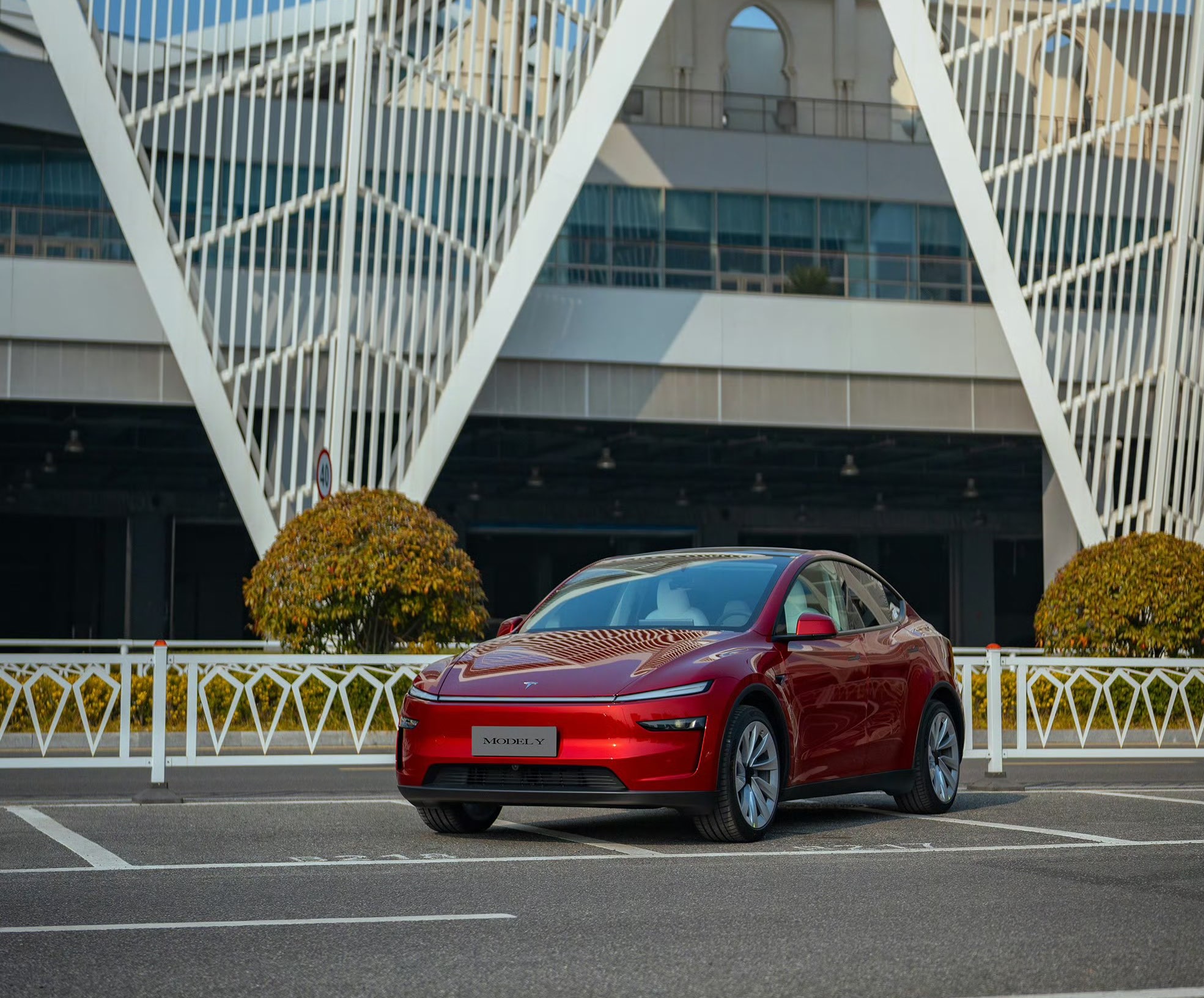
Mizuho analyst Vijay Rakesh lowered Tesla’s (NASDAQ:TSLA) price target to $475 from $485, citing potential 2026 EV subsidy cuts in the U.S. and China that could pressure deliveries. The firm maintained its Outperform rating for the electric vehicle maker, however.
As per the Mizuho analyst, upcoming changes to EV incentives in the U.S. and China could affect Tesla’s unit growth more than previously expected. The U.S. accounted for roughly 37% of Tesla’s third-quarter 2025 sales, while China represented about 34%, making both markets highly sensitive to policy shifts. Potential 50% cuts to Chinese subsidies and reduced U.S. incentives affected the firm’s outlook.
With those pressures factored in, the firm now expects Tesla to deliver 1.75 million vehicles in 2026 and 2 million in 2027, slightly below consensus estimates of 1.82 million and 2.15 million, respectively. The analyst was cautiously optimistic, as near-term pressure from subsidies is there, but the company’s long-term tech roadmap remains very compelling.
Despite the revised target, Mizuho remained optimistic on Tesla’s long-term technology roadmap. The firm highlighted three major growth drivers into 2027: the broader adoption of Full Self-Driving V14, the expansion of Tesla’s Robotaxi service, and the commercialization of Optimus, the company’s humanoid robot.
“We are lowering TSLA Ests/PT to $475 with Potential BEV headwinds in 2026E. We believe into 2026E, US (~37% of TSLA 3Q25 sales) EV subsidy cuts and China (34% of TSLA 3Q25 sales) potential 50% EV subsidy cuts could be a headwind to EV deliveries.
“We are now estimating TSLA deliveries for 2026/27E at 1.75M/2.00M (slightly below cons. 1.82M/2.15M). We see some LT drivers with FSD v14 adoption for autonomous, robotaxi launches, and humanoid robots into 2027 driving strength,” the analyst noted.








